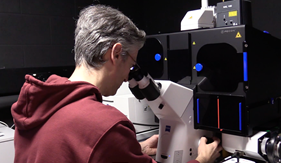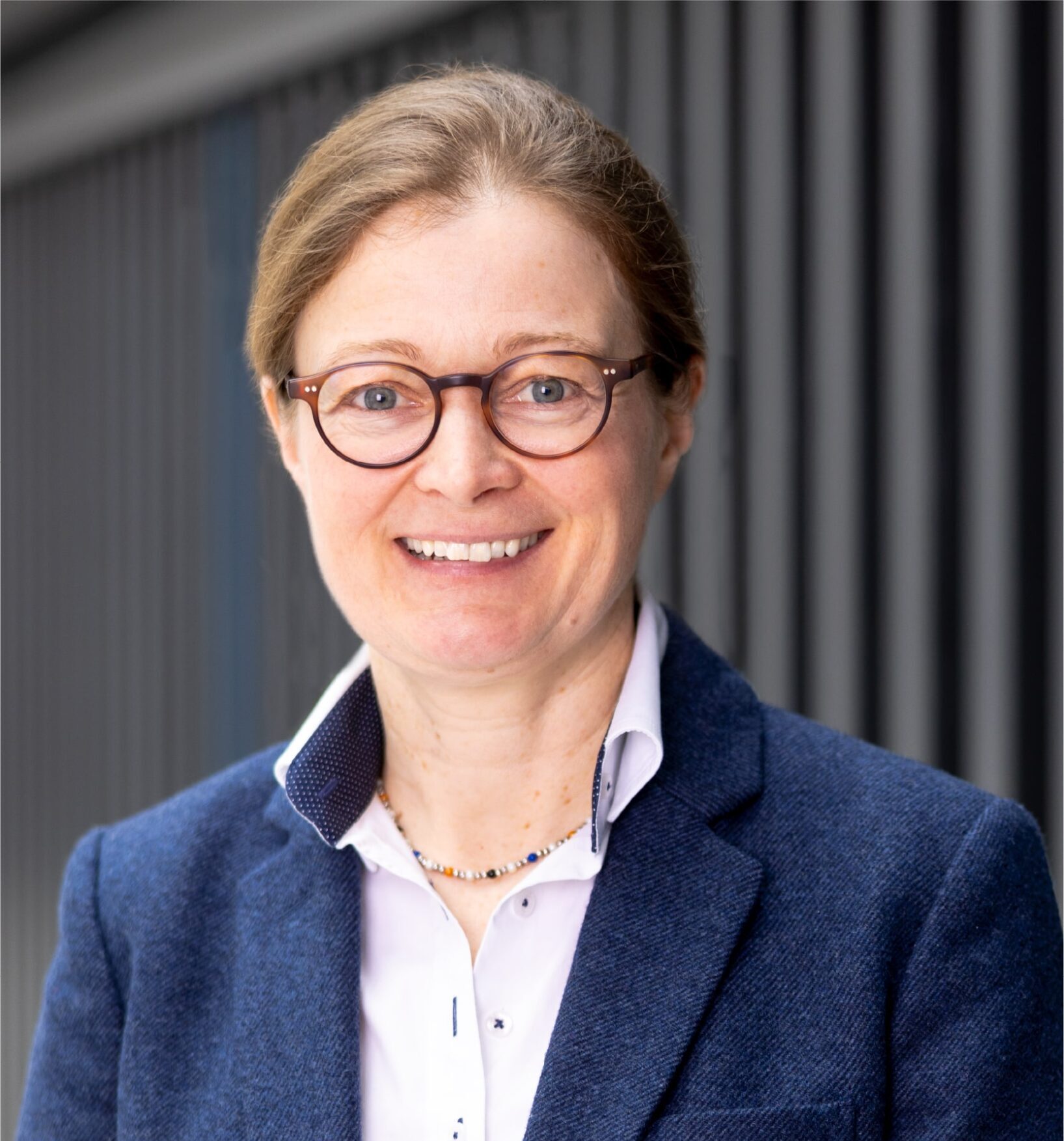
Funding, staff, quality management & more: A comprehensive look at Light Microscopy core facilities
What can we learn from the most comprehensive ELMI survey ever?
In 2019, the European Light Microscopy Initiative community undertook one of the most comprehensive surveys of core facilities in the world. This survey, driven by Marco Marcello, Light Microscopy Facility Manager at the Institute of Systems, Molecular and Integrative Biology, University of Liverpool, in collaboration with Laure Plantard, Laurent Gelman, Roland Nitschke and Stefan Terjung, comprised more than 200 questions on topics ranging from Staff, Finances, Equipment and Quality control, to IT and Data Management. The survey was answered by 226 participants (facility mangers/administrators) from 25 different countries, setting it apart from previous community efforts in geographic scope. Since June 2021, the full data collected are available on Zenodo, (https://zenodo.org/record/4982672#.Ya3Ooy8w3m3). We spoke with Marco Marcello to get his take on what can be learned from this impressive survey, and why it’s important to have a closer look.
Hi Marco, please tell us about yourself.
My name is Marco Marcello. I am the Light Microscopy Facility Manager in the CCI, Centre for Cell Imaging, at the Institute of Systems, Molecular and Integrative Biology, University of Liverpool. The CCI together with many other facilities, from Multi -omics to preclinical imaging, is supported by the LIV-SRF, an organization within the University of Liverpool Faculty of Health and Life Sciences that promotes access to enabling technology and the academic expertise that supports it.
How did you get involved with this large-scale survey?
I was part of the organizing panel of ELMI 2019, in Brno, Czech Republic, and co-organized the Core Facility day at this event, which is how I became involved with the survey.
What was the motivation behind creating this survey – and how is it different from other surveys?
Each year ELMI runs a survey to better understand the core facilities that are part of our community. This survey is more comprehensive than previous surveys. It takes a look at staff and funding, as well as incorporating a preexisting detailed quality control survey lead by Roland Nitschke and also includes aspects like image analysis and data management. And the respondent base was much, much larger than in previous community or industry-led surveys. We had 226 participants, mainly core facility managers, from 25 countries on 5 continents.
What were some of the most compelling findings?
One point that really interested me in this survey was the section on Staff. In general, a picture emerges of an extremely educated workforce with precarious jobs (permanent contracts often only obtained at age 40 plus) and little opportunity for career advancement. No wonder core facilities often lose experienced staff members to companies! But despite being overworked, burdened by administrative headaches, core facility managers and staff seem generally overjoyed in their role as facilitators of excellent science. Combining these two facts, it becomes clear that the international community must improve the situation and recognition of core facility staff, because core facilities aren’t just about machines, they’re really about the people running the machines.
And these machines are getting ever more complex and demanding of the core facility staff. If traditional microscopes are like cars, then some of the latest systems on the markets are more like fire trucks – on one side they can do so much more than one simple car, on the other side they not only require a special license to operate, but also a team of highly qualified people for use and maintenance.


Some of the latest microscopy systems are like fire trucks – they require a special license to operate and a team of highly qualified people for use and maintenance. Left, photo courtesy Unsplash/John Torcasio. Right, Marco Marcello with the ELYRA 7.
This connects directly to some of the most interesting findings in our survey linked to Quality Management. Our data shows that only a small percentage of core facility staff have time and/or knowledge needed to perform regular system checks or performance evaluation on their microscopes – beyond visual inspection and cleaning. This obviously has repercussions on the quality – and reproducibility - of the images that are being produced at core facilities.
The community is clearly aware that Quality Management should be improved and there are initiatives, like QUAREP-LiMi, that bring together scientists from around the world to tackle quality control and reproducibility issues.
Our survey also asked very specific questions about what kind of training courses would be needed to improve quality management. The answers should be of great interest to instrument manufacturers – or anyone that provides this type of training courses.
Conversations with Euro-BioImaging: Marco Marcello on 2019 ELMI Survey results
Click here for more videos of Marco Marcello explaining the importance of the 2019 ELMI Survey.
From our survey responses, we see that many core facilities offer a wide range of imaging technologies with only a small number of staff. Unfortunately, some facilities do not have enough resources to maintain the machines at peak performance and help users with their projects as fully as they would like to, for example offering support also for experimental design or image analysis. The survey shows that more funding is needed in these facilities to guarantee the quality of the science.
Finally, the results of this survey make me wonder - What is the role of core facilities? Are they meant to be service providers, or are they meant to do science? Surprisingly few facilities that responded to our survey are completely core-funded. 90 percent of facilities have to have paying users in order to survive. What decisions do core facility managers have to make to preserve their bottom line? And what impact does this have on science?
What are the main challenges when interpreting the survey results?
The challenges of interpreting this survey come from the heterogeneity of the facilities. This survey covers global facilities, and facilities of differing sizes, from one person to large teams. 90 percent of these facilities are small facilities. They don’t have the resources of big facilities – and this has to be kept in mind when assessing the results.
Who should be aware of the results?
The microscopy community (facility staff, users, ...), industry, funding agencies, people working in journals… everyone should be aware of the results of this survey. There’s so much information and it provides valuable insight into how to improve conditions in core facilities for the benefit of science.
Full data are available here on Zenodo:
More news from Euro-BioImaging


